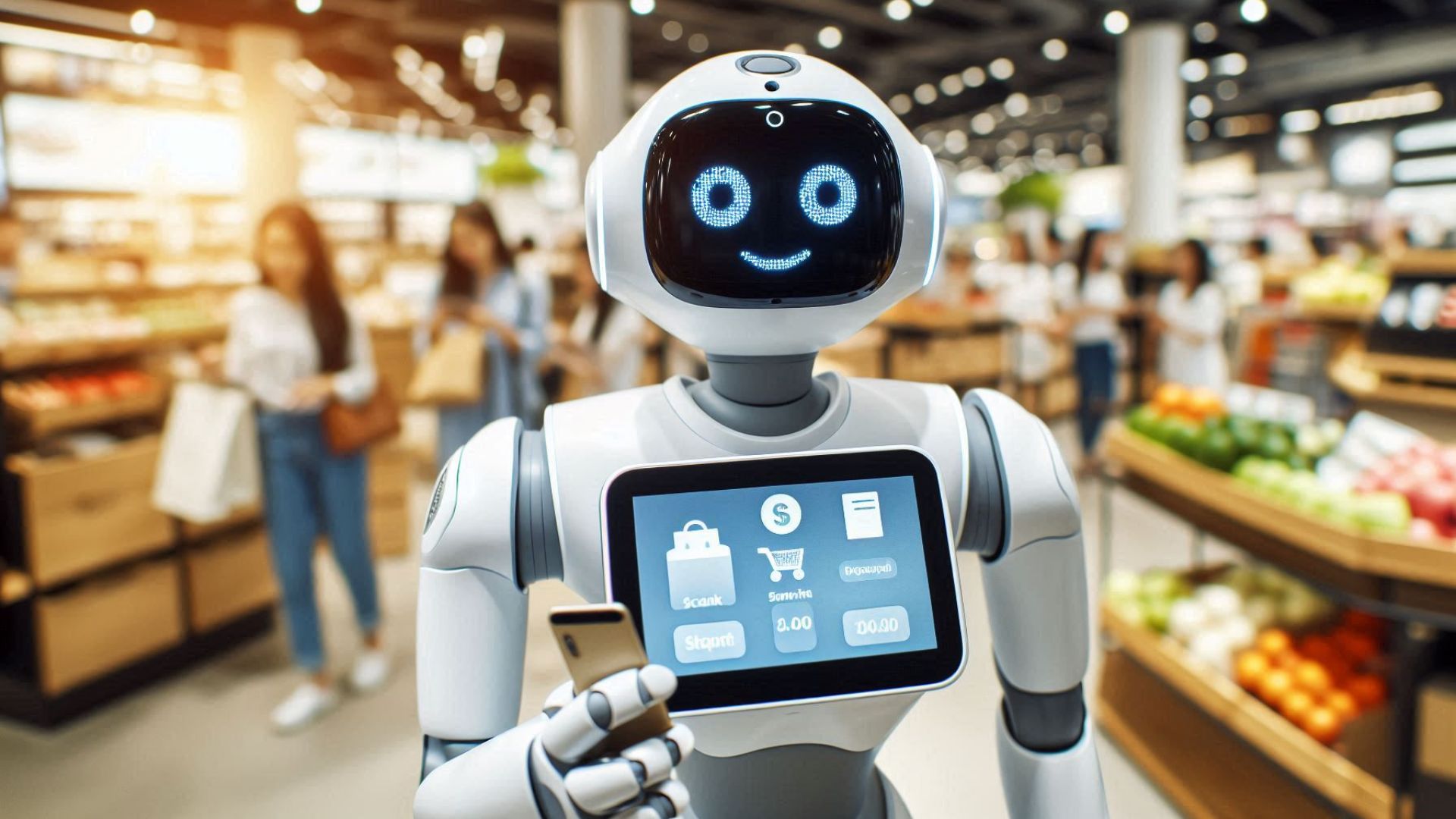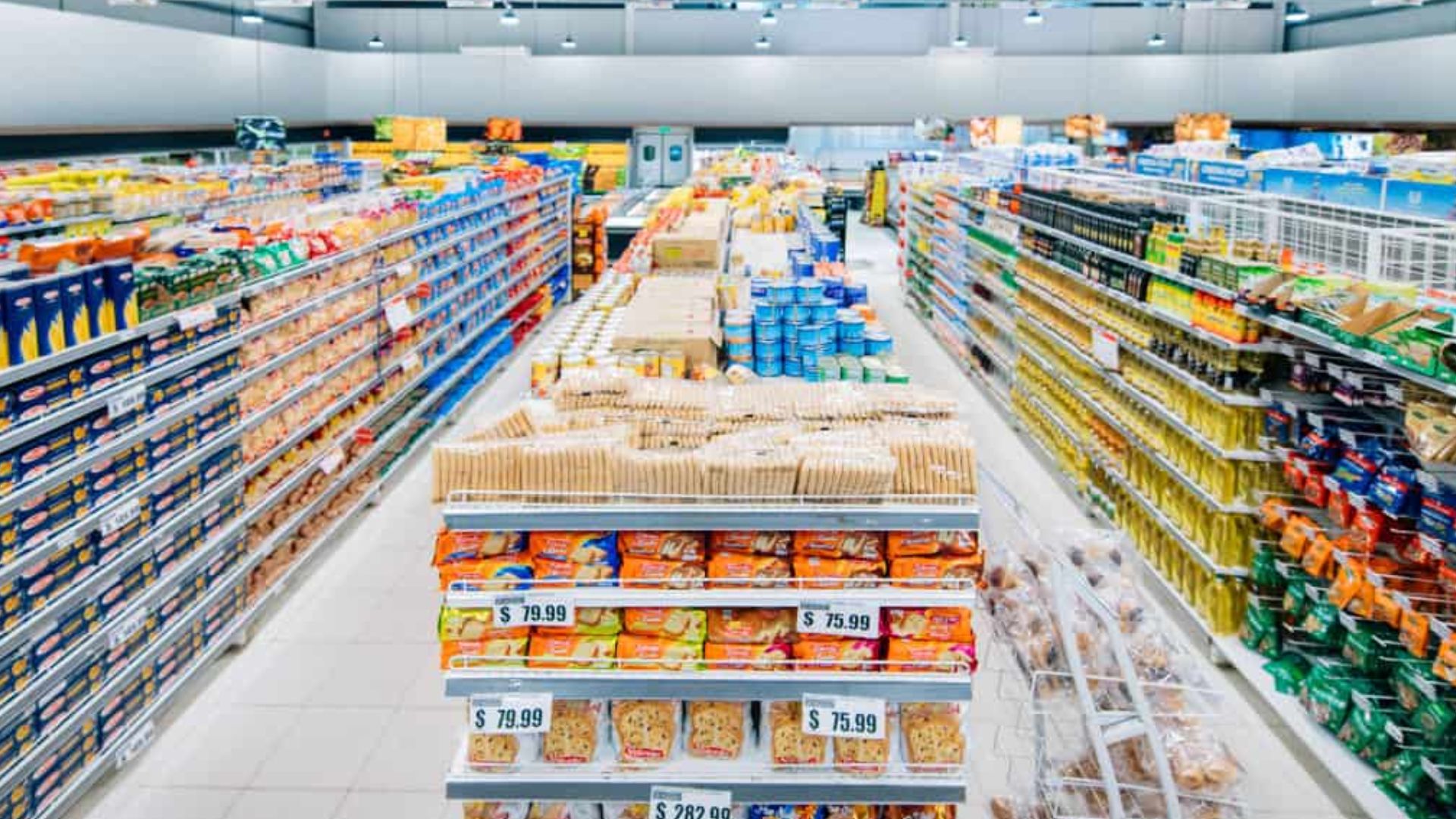As a shopper, the best shopping experience would be walking into a store and finding exactly what you need right where you expect it to be. Whether it's the conditioner next to the shampoo of your favorite brand at the convenience store or kids’ toys displayed prominently at the entrance during the holiday season, this convenience isn't just luck—it's a carefully crafted strategy. Retailers design product placements based on consumer psychology, ensuring that the products you're most likely to buy are always within reach. These strategies aren't about making your shopping trip easier by accident; they're meticulously planned to guide your choices and maximize sales.
It is known that ‘what is seen, is what is bought’. Hence, Product placement in stores is a crucial element of retail execution strategy, directly influencing purchasing decisions and impacting sales and profitability. By strategically positioning products on the shelves, retailers can enhance visibility and encourage purchases. In this article, we’ll explore the importance of product placement in stores, key techniques, and the role of data-driven strategies in optimizing store layouts.
Importance of Retail Product Placement
Product placement in stores is a powerful tool for influencing customer buying decisions and enhancing sales. According to a 2024 survey, approximately 43% prefer product placement over traditional advertising in stores. This consumer openness highlights the effectiveness of strategic product placement in high-traffic areas or at eye level. By doing so, brands and retailers not only boost the chances of a purchase but also strengthen brand recognition and customer engagement, making it a vital component of a successful retail strategy.
Key Product Placement Techniques

To maximize visibility and sales, retailers utilize key product placement techniques that align with customer behavior and preferences using the following techniques:


1. Eye-Level Placement for Increased Visibility: Imagine walking down the cereal aisle. The best-selling brands are often placed at eye level because that’s where most shoppers naturally look first. The principle of "eye level is buy level" highlights the importance of placing high-margin or best-selling items at eye level, where they are more likely to be seen and purchased. This technique ensures that customers notice these products, increasing the likelihood of a purchase.


2. Utilizing End Caps and Point of Sale Displays: End caps and point of sale displays are prime locations that attract attention. For example, as you approach the checkout, you’re often tempted by snacks, drinks, or small gadgets displayed at the end of the aisles or near the register. These end caps and point-of-sale displays are designed to catch your eye and encourage last-minute impulse buys, maximizing sales in high-traffic areas. These areas are perfect for promotions or high-demand products, driving impulse buys and increasing sales.

3. Grouping Complementary Products: Placing related products together encourages customers to purchase more items. Think about how grocery stores place chips near salsa or pasta next to sauces. By grouping complementary products, retailers make it easier for customers to grab everything they need in one go, which often leads to increased sales of both items.
These techniques are carefully designed to guide your shopping experience, making it more convenient and enjoyable while also boosting the store’s sales. As we move forward, let’s explore how store design elements further enhance product placement strategies.
In-Store Design Elements
Creating a well-designed store layout is key to ensuring effective product placement and a seamless shopping experience. How products are displayed, the layout of the store, and the use of signage all contribute to how customers interact with and purchase products.

Importance of Proper Display
Imagine walking into a store where a beautifully arranged display of new seasonal products immediately catches your eye. Such displays are not only visually appealing but also encourage customers to engage with the products, increasing the chances of a purchase. Properly designed displays attract attention and encourage interaction with the products. Using creative and well-organized displays can highlight specific items and draw customers toward them.
Also read: Boosting Store Sales by Improving OnShelf Visibility A Complete Guide
Creating an Intuitive Store Layout
Consider a grocery store where the produce section is placed near the entrance, followed by dairy and meats toward the back. This layout isn't random—it’s designed to guide customers naturally through the store, ensuring they pass by various product categories, thus increasing exposure to more items and potentially boosting sales.
An intuitive layout guides customers naturally through the store, making it easy for them to find what they need while exposing them to additional products along the way. Ensuring that the flow of traffic moves smoothly can enhance the shopping experience and increase sales.

Use of Signage and Displays to Guide Customers
Effective signage and displays not only inform customers but also direct them to specific products or areas of the store. Clear, attractive signage can enhance the overall shopping experience by helping customers easily find products.
These elements are crucial in crafting a shopping environment that is both intuitive and engaging. Next, we’ll dive into how rotating and elevating products can keep customers interested and drive repeat visits.
Rotating and Elevating Products
Rotating and elevating products within a store is essential for keeping the shopping experience fresh and engaging. By regularly rotating products in prime locations, retailers ensure that customers are exposed to a variety of items, which can prevent the store from feeling stagnant and encourage repeat visits. For example, a grocery store might rotate seasonal fruits to keep the produce section exciting. Additionally, using raised displays for high-value items like trendy clothing or shoes makes these products stand out, capturing attention and increasing the likelihood of a purchase. This dynamic approach not only enhances product visibility but also encourages exploration and impulse buying, ultimately leading to better customer engagement and increased sales.
As we continue, it’s important to understand how leveraging data can optimize product placement strategies further.
Leveraging Data for Optimal Placement
Leveraging data for optimal product placement in stores transforms the shopping experience by aligning store layouts with consumer behaviors and preferences. For example, if data reveals that customers frequently browse certain aisles, placing high-demand or high-margin items there can significantly boost sales. Observational data, customer activity patterns, and sales reports provide valuable insights into what products attract attention and which areas of the store see the most traffic.
Continuously evaluating and refining these strategies based on real-time data, can help retailers enhance product visibility, improve customer satisfaction, and drive sales. This data-driven approach allows retailers to create a dynamic store environment where product placement is strategically tailored to meet consumer demands, ultimately leading to better business outcomes.
Also read: Realtime Shelf Execution Data for Ensuring Retail Store Compliance
Next, we’ll explore how maximizing space and sales can further enhance the effectiveness of these product placement strategies.
Maximizing Space and Sales
Maximizing the use of available space in the store is crucial for optimizing sales. Strategic placement of products in high-traffic areas ensures that customers are exposed to essential and high-value items, driving sales and profitability.

1. Placing Essentials at the Back of the Store: Placing essential items, such as milk or bread, at the back of the store encourages customers to walk through the entire store, exposing them to more products and increasing the likelihood of additional purchases.
2. High-Value Items at the Entrance: Positioning high-value or promotional items at the entrance of the store captures customers’ attention as soon as they enter, setting the tone for their shopping experience and encouraging them to explore further.

3. Ensuring Comfortable Browsing Spaces: Creating comfortable and spacious aisles allows customers to browse products at their leisure, reducing the feeling of being rushed and increasing the likelihood of impulse purchases.
Next, let’s explore how visual merchandising techniques can further enhance product placement in stores.
Visual Merchandising Techniques
Visual merchandising is a powerful tool for creating an appealing and engaging shopping environment. Effective use of color, lighting, and product placement can significantly influence customer behavior and drive sales.

Visual merchandising is a crucial aspect of creating an inviting and effective retail environment, significantly impacting customer behavior and sales. Imagine walking into a store where the lighting naturally draws your eyes to a beautifully arranged display of products. Bright, focused lighting on key items can make them more appealing, just as strategic use of colors can create visual interest and direct your attention. For example, a clothing store might use warm, soft lighting in fitting areas to create a cozy atmosphere, encouraging customers to try on and purchase items.
Focal points in a store, such as a bold display of seasonal products at the entrance, can guide customers through their shopping journey, ensuring they encounter a variety of products along the way. These focal points act as visual cues, leading customers from one section of the store to another, much like a well-placed sign directing traffic on a busy road. In contrast, cluttered shelves with too many products can overwhelm customers, making it difficult for them to find what they’re looking for. A well-organized display, with just the right amount of space between products, invites customers to browse and explore without feeling overwhelmed.
By carefully balancing visual elements and avoiding clutter, retailers can create a shopping experience that is both pleasant and effective, ultimately driving more sales.
Also read: Perfect Store Execution: Setting New Standards To Win At The Retail Shelves
Conclusion
In conclusion, effective product placement in stores is an essential strategy for maximizing sales, enhancing brand visibility, and improving customer satisfaction. By understanding consumer behavior and strategically placing products, retailers can create a more engaging and intuitive shopping experience. Techniques such as eye-level placement, grouping complementary items, and leveraging data-driven insights all play crucial roles in optimizing store layouts. To stay competitive in today’s market, it’s important for retailers to continually refine their product placement strategies.
To explore how advanced solutions like ParallelDots’ ShelfWatch can help optimize your retail operations and improve product placement, book a demo with us today.


